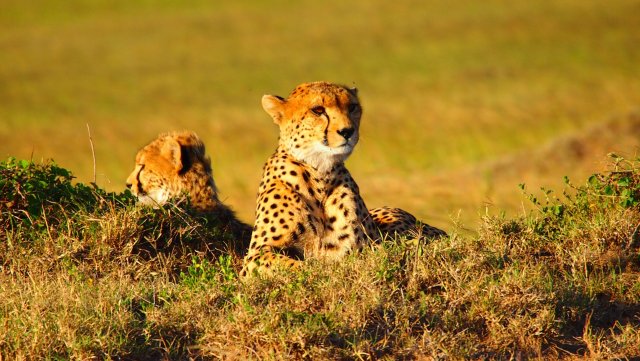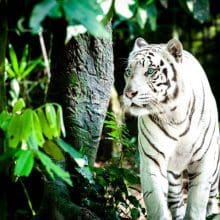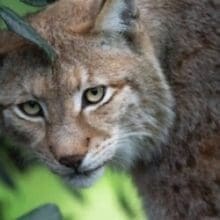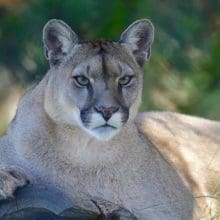10 Fascinating Facts About Cheetahs in the Wild: Their Diet and Survival
Cheetahs in the Wild
Cheetahs in the Wild: Cheetahs are magnificent creatures known for their incredible speed and agility. They are the fastest land animals, capable of reaching speeds up to 70 miles per hour in just a few seconds. However, there is much more to these fascinating creatures than their speed. In this article, we will explore 10 intriguing facts about cheetahs in the wild, focusing on their diet and survival strategies.
1. Cheetahs are Carnivores
Cheetahs are carnivorous predators, meaning they primarily feed on meat. Their diet mainly consists of small to medium-sized ungulates, such as gazelles and impalas. They are highly specialized hunters, relying on their incredible speed and agility to chase down their prey.
2. Hunting Techniques
When hunting, cheetahs use a combination of stealth, camouflage, and bursts of speed to catch their prey. They often rely on the element of surprise, approaching their target as closely as possible before launching into a high-speed chase. Their slender body and long legs allow them to cover large distances quickly.
3. High Success Rate
Cheetahs have an impressive success rate when it comes to hunting. They are successful in about 50-70% of their hunts, which is higher than most other big cats. This is partly due to their incredible speed, but also because they are highly skilled at maneuvering and changing direction quickly during a chase.
4. Vulnerability to Competition
Despite their hunting prowess, cheetahs are vulnerable to competition from other predators. They are not as strong or powerful as lions or leopards, which means they often lose their kills to these larger predators. Cheetahs have to eat quickly and be constantly vigilant to avoid losing their hard-earned meal.
5. Unique Hunting Style
Unlike other big cats that rely on brute force to bring down their prey, cheetahs have a unique hunting style. They use their incredible speed to outrun and exhaust their target, rather than overpowering it. Once they catch up to their prey, they deliver a suffocating bite to the throat, quickly incapacitating it.
6. Adaptations for Speed
Cheetahs have several physical adaptations that enable their incredible speed. Their long, slender body and lightweight frame reduce air resistance, allowing them to reach top speeds quickly. Additionally, their large nasal passages and lungs provide an efficient oxygen supply during high-speed chases.
7. Solitary Lifestyle
Cheetahs in the Wild: Cheetahs are solitary animals, with males and females only coming together for mating purposes. They establish large territories to ensure they have enough prey to sustain themselves. These territories can range from 20 to 1,500 square kilometers, depending on the availability of food.
8. Threats to Survival
Cheetahs in the Wild: Cheetahs face numerous threats to their survival in the wild. Habitat loss, human-wildlife conflict, and poaching are some of the major challenges they encounter. The loss of their natural habitat and the decline of their prey populations make it increasingly difficult for cheetahs to find enough food to survive.
9. Conservation Efforts
Conservation organizations and governments around the world are working tirelessly to protect cheetah populations. Efforts include creating protected areas, implementing anti-poaching measures, and raising awareness about the importance of cheetah conservation. These initiatives aim to ensure the long-term survival of these magnificent creatures.
10. Role in Ecosystem
Cheetahs play a crucial role in maintaining the balance of their ecosystems. As top predators, they help control the population of herbivores, preventing overgrazing and habitat degradation. Their presence is essential for the overall health and biodiversity of the ecosystems they inhabit.
Summary
Cheetahs in the Wild: Cheetahs are not only the fastest land animals but also fascinating creatures with unique hunting techniques and adaptations. Their diet primarily consists of meat, and they rely on their incredible speed and agility to catch their prey. Despite their hunting prowess, they face challenges such as competition from larger predators and habitat loss. Conservation efforts are crucial to ensure the survival of these magnificent creatures and maintain the balance of their ecosystems.
Read More About Cheetah’s From Wikipedia




